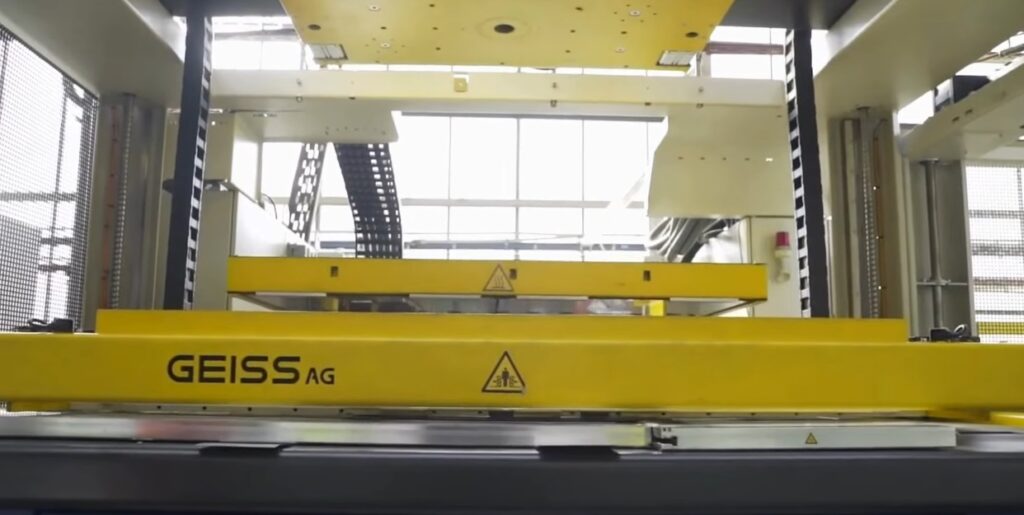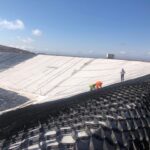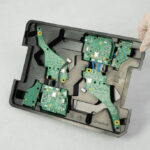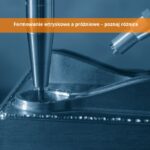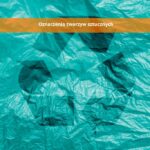Vacuum thermoforming is a technological process in which products with specific shapes are formed from flat sheets that are fixed in special frames and preheated to a temperature characteristic of the respective thermoplastic. The desired shape is formed while the plastic is in a highly elastic state. A vacuum is created between the heated sheet and the tool (the mold), and a deformation occurs under external pressure that reproduces the shape of the mold.
The final stage of the process is the solidification of the resulting shape during cooling and mechanical processing to obtain the final shape. Vacuum thermoforming is a very popular process for the production of plastic packaging and medium-sized and large parts. Vacuum thermoforming is an excellent alternative to injection molding, especially for medium-volume production, which means significant cost and time savings. Depending on the geometry of a component, its intended function and requirements for wall thickness distribution and appearance. Geo Globe Polska uses several vacuum deep-drawing processes:
a) positive forming
b) negative forming
c) positive negative forming
d) double-sided forming into two shapes
e) vacuum pressure forming
f) twin-sheet forming (TWIN SHEET)
What is positive forming?
With vacuum positive forming, the mold cavity is convex.
In the first phase, there is an initial stretching of the material in a highly elastic state attached to the edges of the pressure-vacuum chamber; in the second phase, the mold cavity moves in a perpendicular direction to the material until it is covered by the material. The precise shaping of the object to be produced is achieved by the pressure difference on both sides of the material caused by the rapid removal of air in the space between the material and the cavity through the channels.
Negative forming
The material (sheet) in a highly elastic state is trapped between the upper and lower frames, the mold with the concave cavity is moved towards the lower frame until it is sealed. Rapid removal of air from the cavity through the channel creates a pressure difference on both sides of the material, resulting in deformation of the material that reproduces the shape of the mold.
Positive/negative forming
The material is trapped in a highly elastic state between the upper and lower frames, the material is pre-blown, the balloon is rotated downwards by a plunger, the mold is moved to the lower frame until it is sealed, a vacuum pump is switched on to remove air between the material and the mold, after a certain cooling time the plunger is driven off and the part is demolded.
Double-sided forming into two shapes
Double-sided thermoforming using the technology developed by GGP is carried out with a second mold attached to a punch moved by servomotors.
A sheet in a highly elastic state is enclosed between the upper and lower frames, the material is pre-blown, the balloon is rotated down through the upper mold attached to the punch, the lower mold is moved to the lower frame until it is sealed, the upper mold pushes the material into the lower mold, a vacuum pump removes the air between the material and the two molds through vacuum channels, and after a certain cooling time, the punch is driven off and the part is demolded.
Vacuum pressure thermoforming
Vacuum pressure thermoforming using the technology developed by GGP is carried out with a punch moved by servo drives.
It is used to form parts with complex geometries, especially with small radii of curvature.
The heated thermoplastic material in a highly elastic state is trapped between the upper and lower frames, the mold is moved to the lower frame until it is sealed, the punch presses the material into the mold, a vacuum pump is switched on which removes the air between the material and the lower mold through venting channels, compressed air is supplied to the upper mold to support the mold cavity formed by the material. After a certain cooling time, the punch is removed and the part is demolded.
In twin-sheet thermoforming, two panels are formed and welded in a single thermoforming process.
In this process, the two panels are heated to a highly elastic state. After the sheets are pressed together by both molds, the sheets are welded together. Rapid removal of air from the cavity through the channel creates a pressure difference on both sides of the material, which leads to deformation of the material that reproduces the shape of the mold.
Vacuum thermoforming process
Depending on the product requirements (expected price, geometric tolerances, mechanical strength, chemical resistance, resistance to atmospheric ageing, transparency), extruded sheets made of various thermoplastics are used in vacuum thermoforming. Some thermoplastics must be pre-dried before processing. These include: ABS, ASA, PMMA, PA, PC i PET. The temperature and drying time depend on the type and thickness of the plastic.
In addition, the outer surface of the thermoformed panels can be protected with a protective film, which is only removed once the finished product has been installed in its final location.
Depending on the intended use, the panels can have fire-retardant, conductivity-enhancing or antibacterial additives in the outer layer of the panels from which the sanitary elements are formed.
An important advantage of this technology is that high-quality coextruded sheets can be used, the core of which consists of recycled materials and the visible surfaces after thermoforming consist of original materials that are dyed in the desired color and are resistant to environmental influences.
Follow us on social media
Może Cię zainteresować również:
- Case Study: Realizacja najwyższych lotów – geosiatka komórkowa Smartmaxx na stacji narciarskiej KopaonikNowoczesna produkcja wymaga technologii, które łączą precyzję, efektywność i elastyczność. Wśród metod obróbki tworzyw sztucznych formowanie wtryskowe i próżniowe należą do najczęściej stosowanych procesów. Obie techniki pozwalają na tworzenie wysokiej jakości komponentów, jednak różnią się zasadą działania, zakresem zastosowań oraz kosztami wdrożenia. Która z nich sprawdzi się lepiej w Twoim projekcie?
- Case Study: Bezpieczna podróż dla elektroniki – jak stworzyliśmy tace, które chronią wrażliwe komponenty?Nowoczesna produkcja wymaga technologii, które łączą precyzję, efektywność i elastyczność. Wśród metod obróbki tworzyw sztucznych formowanie wtryskowe i próżniowe należą do najczęściej stosowanych procesów. Obie techniki pozwalają na tworzenie wysokiej jakości komponentów, jednak różnią się zasadą działania, zakresem zastosowań oraz kosztami wdrożenia. Która z nich sprawdzi się lepiej w Twoim projekcie?
- Formowanie wtryskowe a próżniowe – poznaj różniceNowoczesna produkcja wymaga technologii, które łączą precyzję, efektywność i elastyczność. Wśród metod obróbki tworzyw sztucznych formowanie wtryskowe i próżniowe należą do najczęściej stosowanych procesów. Obie techniki pozwalają na tworzenie wysokiej jakości komponentów, jednak różnią się zasadą działania, zakresem zastosowań oraz kosztami wdrożenia. Która z nich sprawdzi się lepiej w Twoim projekcie?
- Oznaczenia tworzyw sztucznych – co w sobie kryją i gdzie ich szukać?Tworzywa sztuczne są obecne w niemal każdym aspekcie codziennego życia – od opakowań żywności, przez sprzęt elektroniczny, po elementy wnętrz i pojazdów. Z uwagi na różnorodność materiałów polimerowych i ich właściwości, wprowadzono system kodowania, który ma na celu ułatwienie identyfikacji poszczególnych typów tworzyw. Gdzie się znajdują i co oznaczają? System oznaczeń i ich podstawowe rodzaje …
Oznaczenia tworzyw sztucznych – co w sobie kryją i gdzie ich szukać? Read More »



